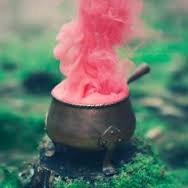Brand Strategy’s Slow Creep
One of the coolest things I get to do as a brand planner is sit back and watch a company or product transform after a new brand strategy is presented. The word viral would be an overstatement, because “one claim and three proof planks” aren’t quickly acculturated into a company. When properly sold in, however, and that means well beyond the marketing department, a brand strategy can take hold fairly quickly. It will alter the work of the SEO team — all of a sudden new key words begin to pop in as traffic drivers. Company language in meetings tilts in a slightly new direction. And once a company language changes it’s not long before partner and consumers language follow.
The day after I present final brand strategy, I’m checking the website to see if anyone has made changes to the home page. Week two I’m checking new videos to see if the company Is-Does has morphed. I look to newly minteed press releases for changes to the first sentence and the “About” paragraph. My expectation is that things will change immediately. (Doe-eyed Poppe.)
Strategy work is a lot less requited than design work. When a new logo and tagline hits the street, it’s easily seen. It’s fast and obvious. But when a brand strategy hits, it’s often a slow creep. That doesn’t keep me from checking right away. Hee hee.
Peace.



![V__CEB9[1]](https://whatstheidea.com/wp-content/uploads/2016/02/V__CEB91-256x300.jpg)
